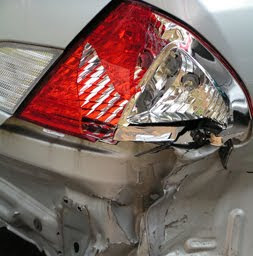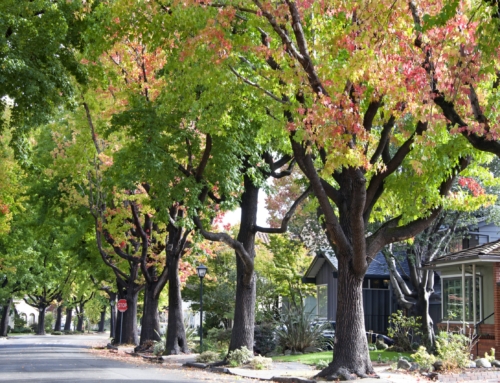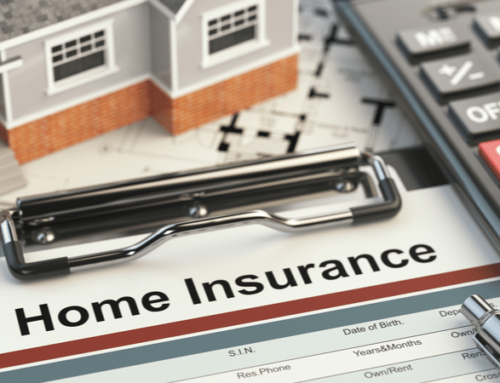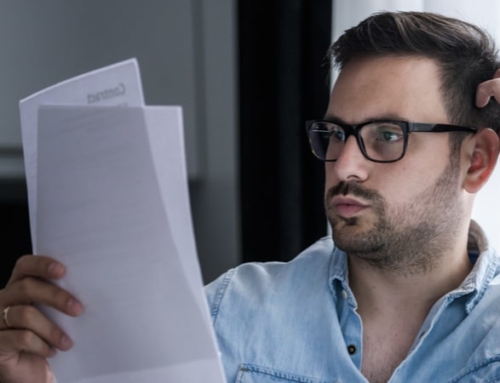 Steps You Should Take If You Get Into a Car Accident
Steps You Should Take If You Get Into a Car Accident
Sometimes I take for granted the insurance knowledge I’ve acquired over the years. In the case of car accidents, some procedures have changed with new technology, but there are certain things everyone must do. Learn these steps now, so when a car accident happens (and they will), you know what to do.
Step 1: Call the Police
After an accident, your first move should be to call the police. Call 911 if it’s an emergency and the operator can dispatch medical help and the police.
The police officer documents both sides of the story. This becomes an official statement on record and will help determine fault with the insurance companies and decide how the damages are paid.
One of our clients called us a month after an accident occurred. The other driver had admitted his fault and said he would pay for the damages. They decided not to worry about calling the police and just exchanged contact information. Big mistake! When my client got the estimate for repairs and sent it to the other driver, he changed his story and refused to pay.
Don’t be a victim in situations like this. If you know how the system works and follow procedure, you’ll avoid being taken advantage of.
Step 2: Take Photos
As my client’s story proves, accident reports are often a case of “he said, she said.” Photographic evidence may help in determining fault. These days, almost everyone has a cell phone camera. If you don’t have a cell phone camera, buy a disposable camera and keep it in the glove compartment. Take pictures of your car, the other driver’s car, and anything in the area that contributed to the accident.
Step 3: Report the Accident to Your Insurance Company
Contact your insurance agent and report the accident. People sometimes hesitate to report an accident for fear their premium will rise. But your insurance agent is a helpful third party who will make sure damages are repaired and handle any problems with the other driver’s insurance.
Step 4: Determine How Damages Will Be Paid
There are a few situations where one of the drivers in a car accident is 100 percent at fault: pulling out of a parking spot, rear-ending a vehicle, and hitting a parked car.
If you are a victim of one of these incidents (in other words, if you are not at fault), you have some options for how you can be reimbursed for physical damages:
1. You can have your insurance carrier pay for repairs. You would be subject to your deductible, but the benefit is that your insurance company is working for you to get you back on the road. It will then subrogate, or get reimbursement from the other party, to recover damages paid on your behalf, including your deductible. In other words, paying the deductible is like a down payment to make sure your insurance company can legally represent you to the other insurance company. If the other driver was 100 percent at fault, you will recover your deductible.
2. You can represent yourself to the other insurance carrier. If you don’t want to pay your deductible, your insurance company won’t be able to help you out. Even if the other driver is 100 percent at fault, you may have to jump through some hoops to recover damages. If you don’t want to pay your deductible, you will essentially be representing yourself with the other driver and insurance company to get the vehicle repaired. As a rule of thumb, and at the very least, your insurance agent will assist in notifying the other carrier that the incident happened—and will then be on notice that you’ve reported the car accident to your carrier. But if you don’t want to pay the deductible, your agent has no authority to represent you to the other driver’s insurance company. You have to decide if that is worth your time.
Just as buying a car is a process, dealing with a car accident and reporting a claim is a process. If you are not sure what to do, you can always call your agent to discuss your insurance.
Be prepared, and drive safely.
Linda Rey is a licensed insurance agent at Rey Insurance with a broad spectrum of expertise in life, accident, health, property, and casualty insurance, as well as retirement planning and college funding strategies. Follow her on Twitter: @ReyInsurance
Flood Insurance: What to do Before, During and After a Flood






